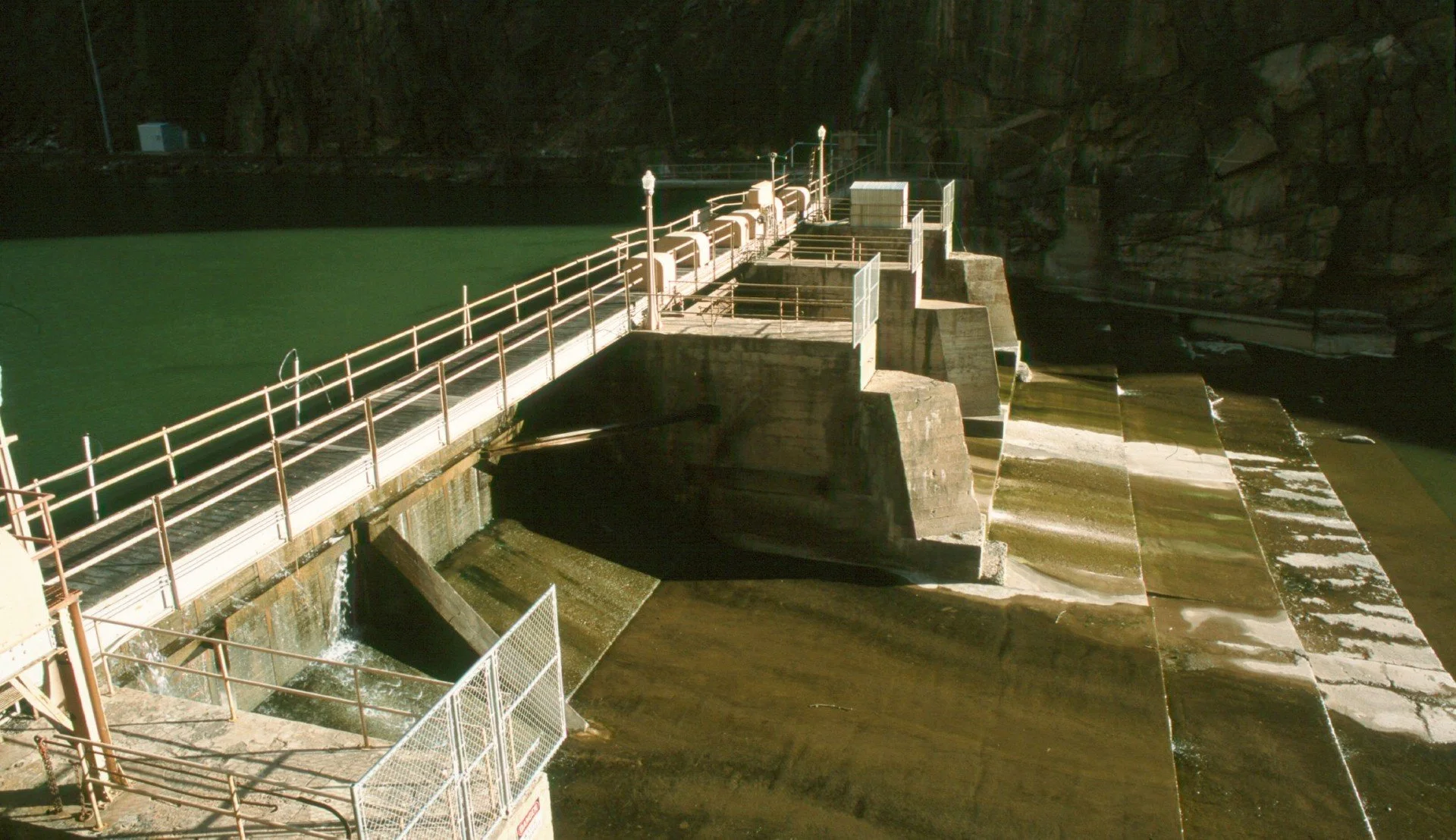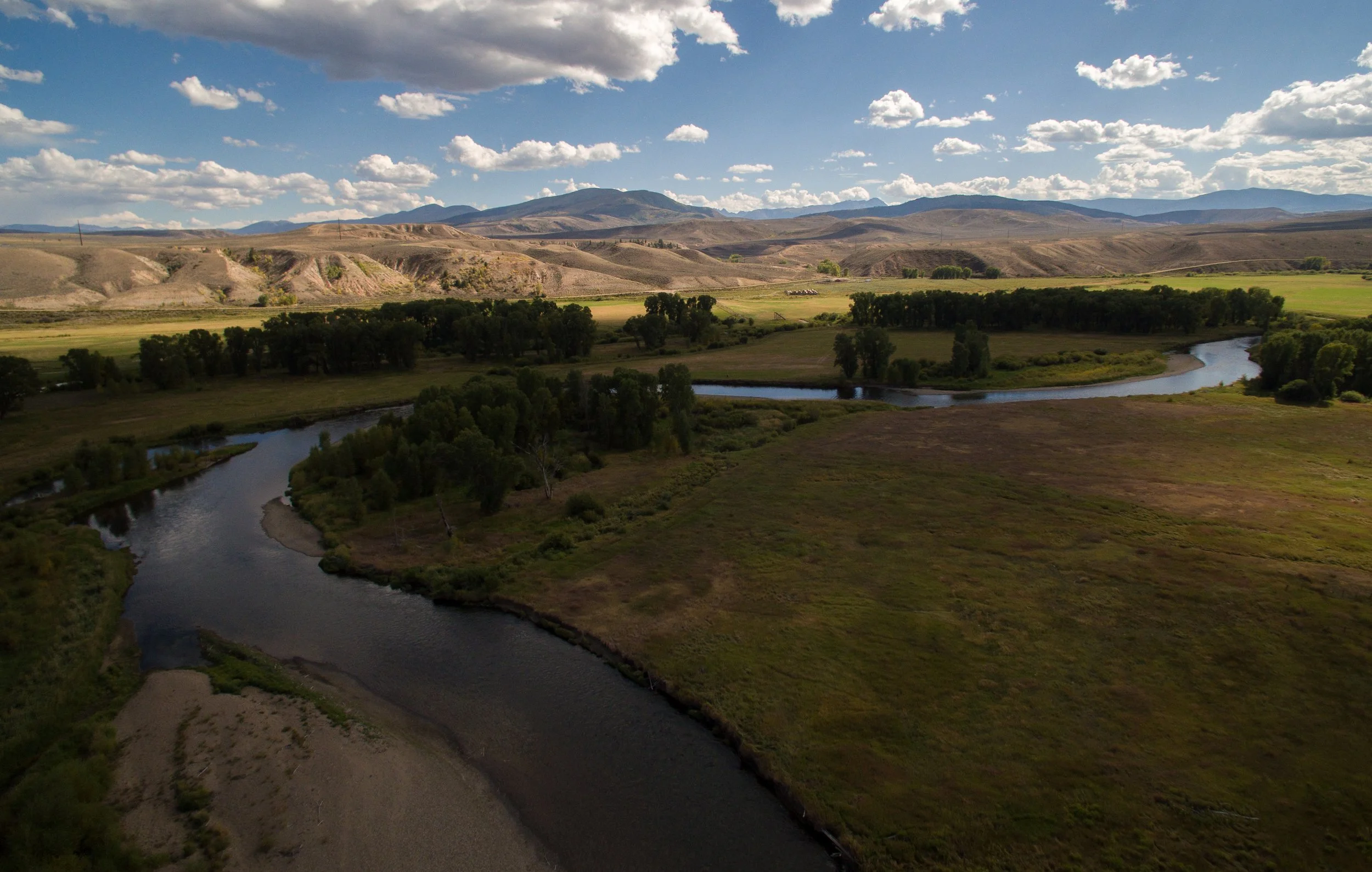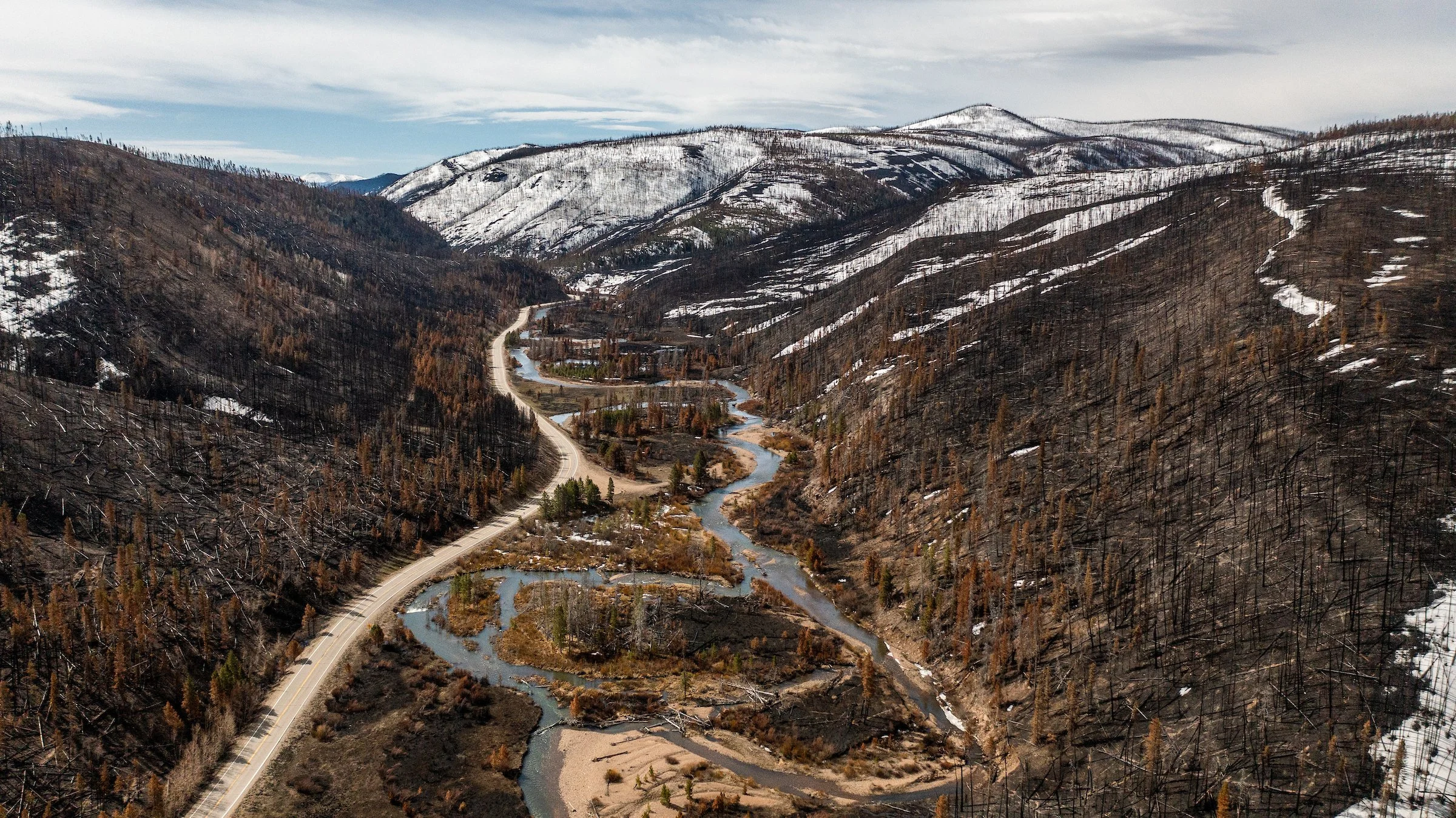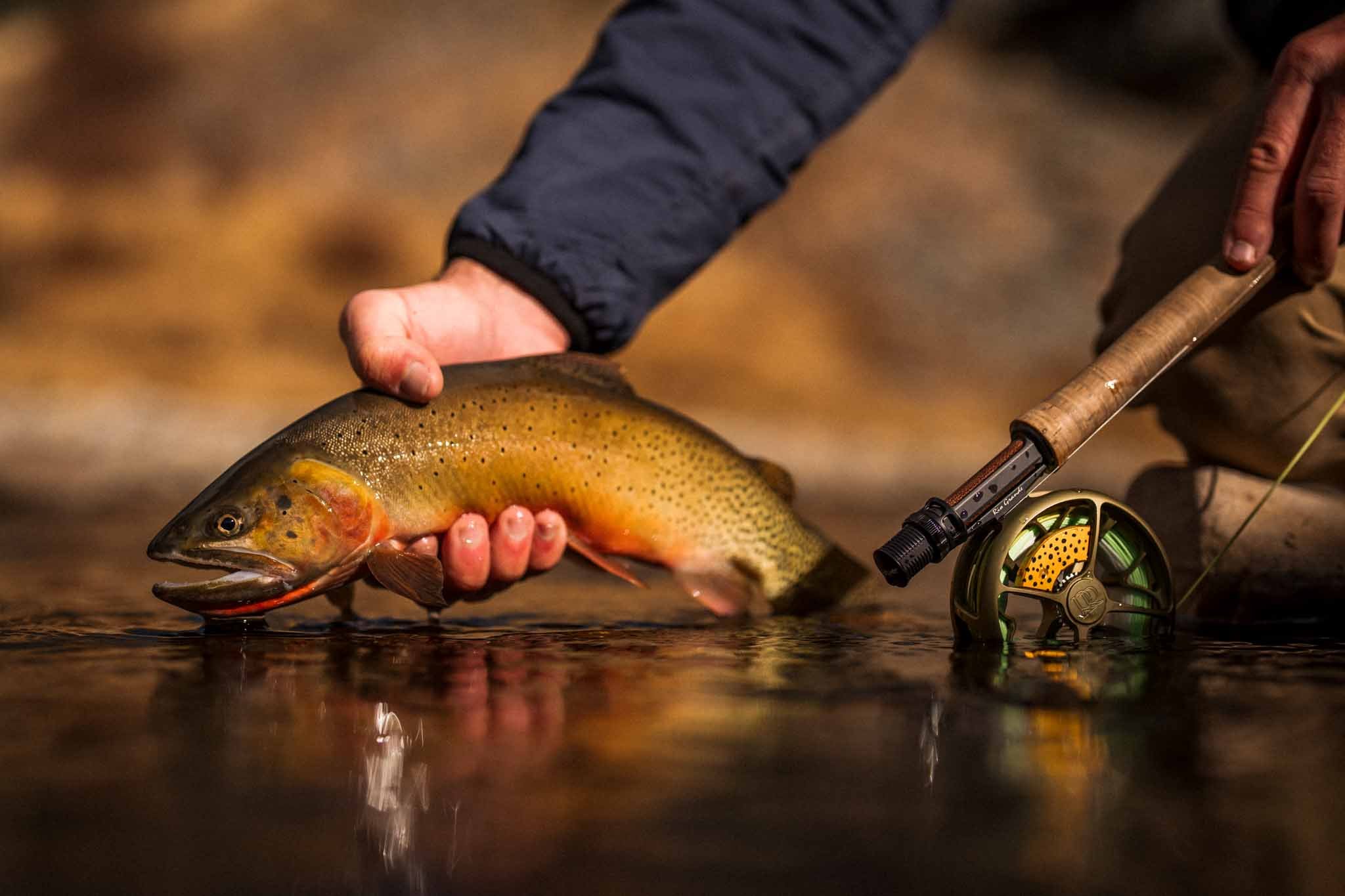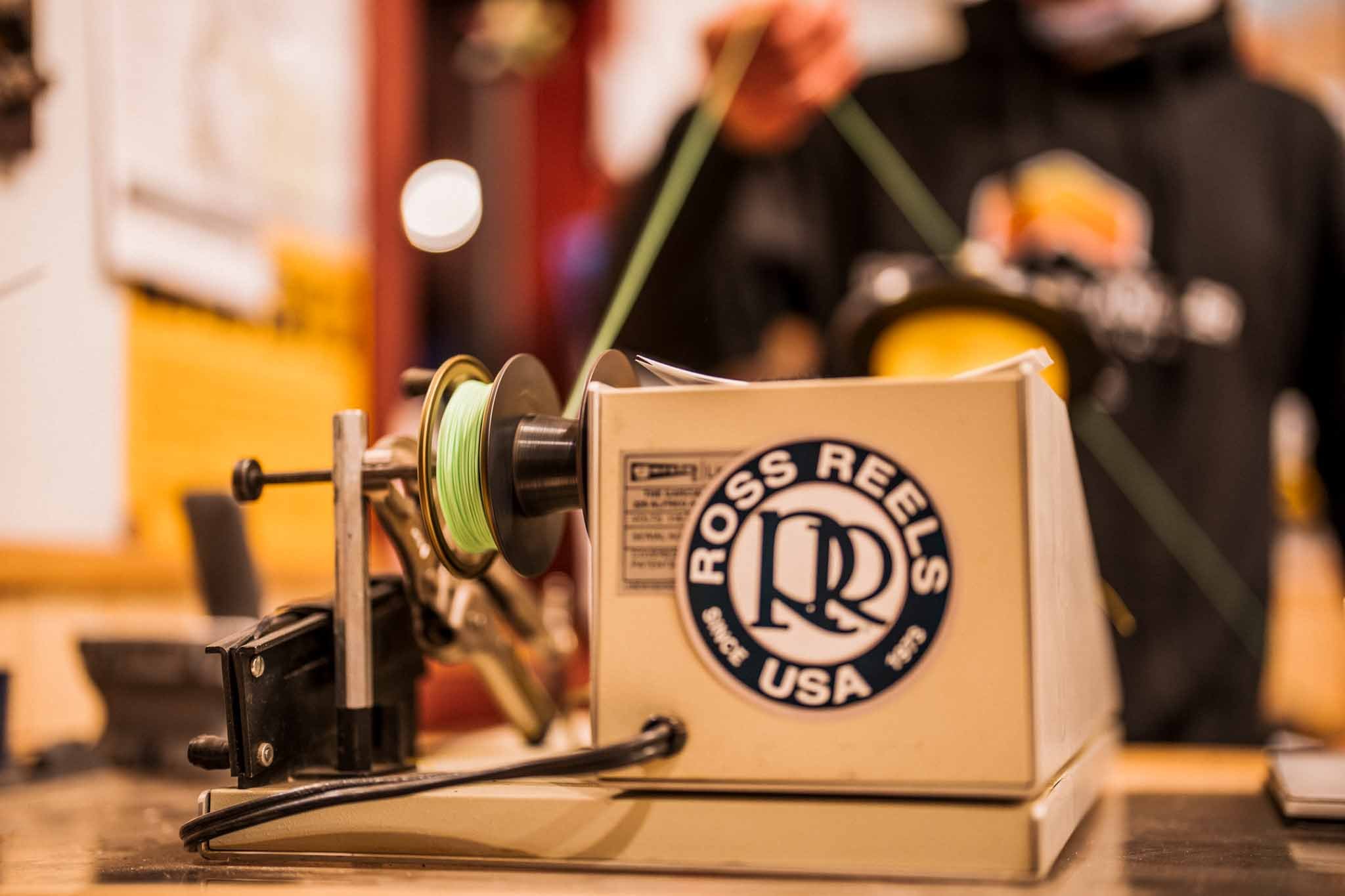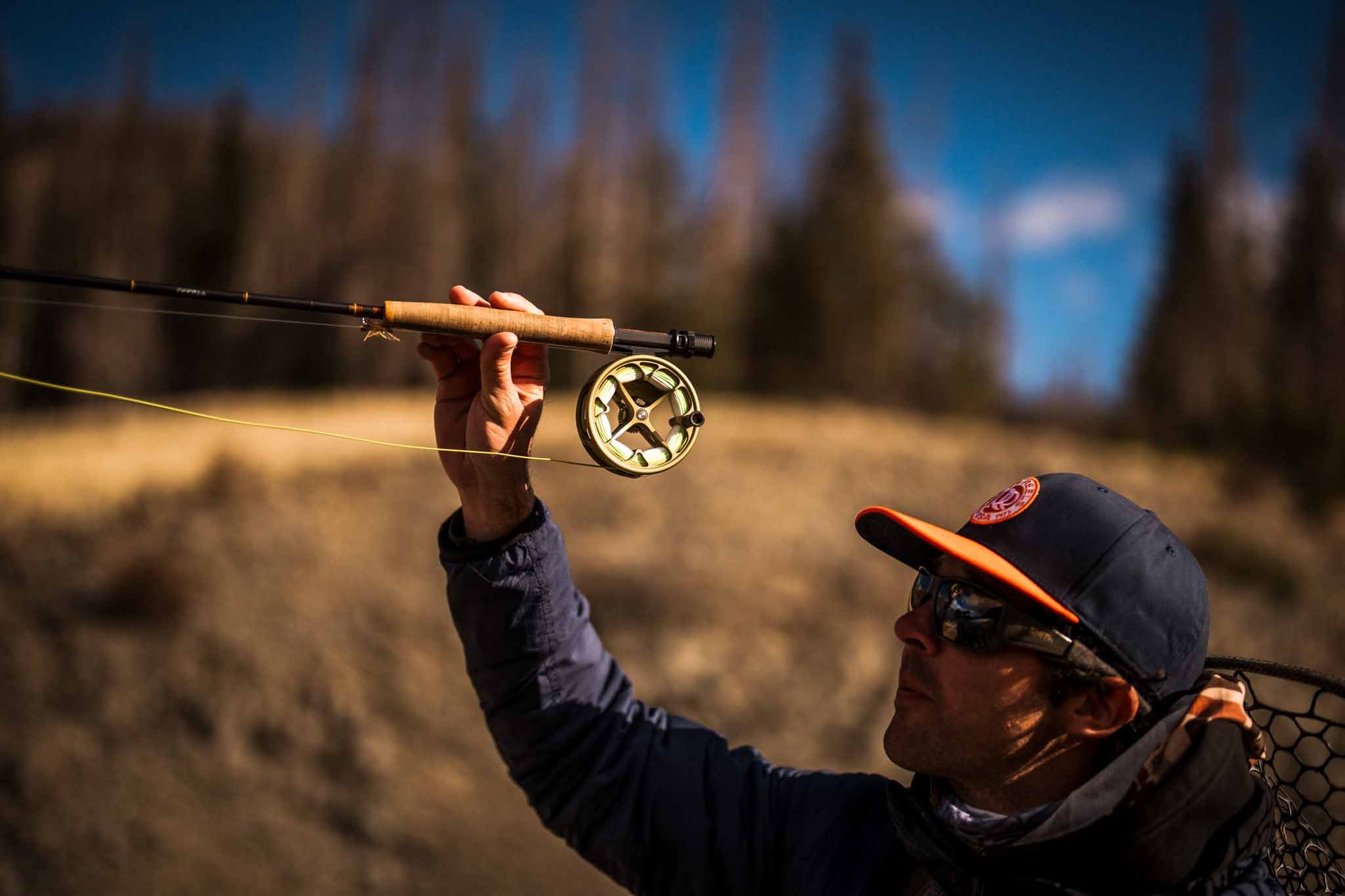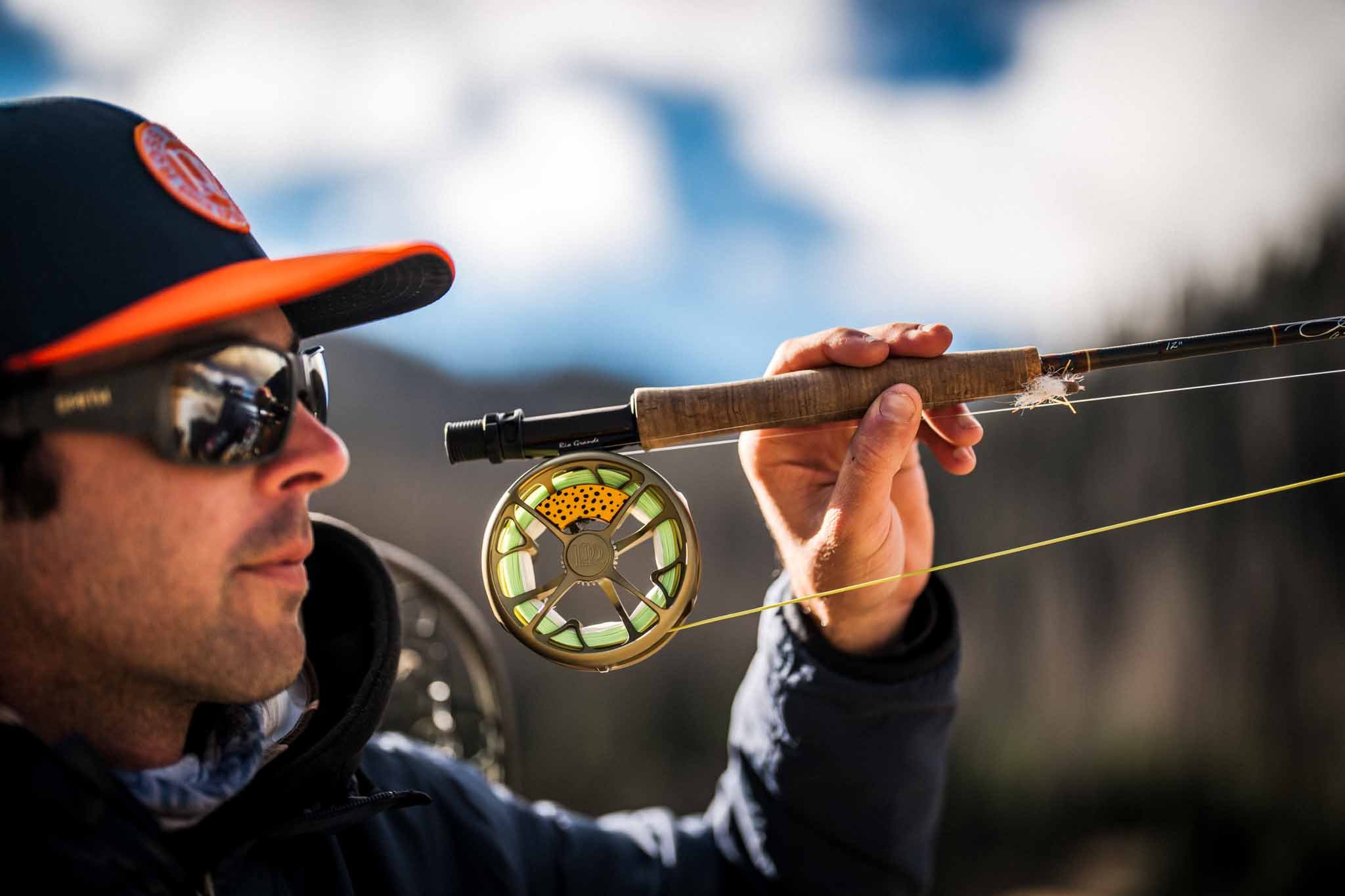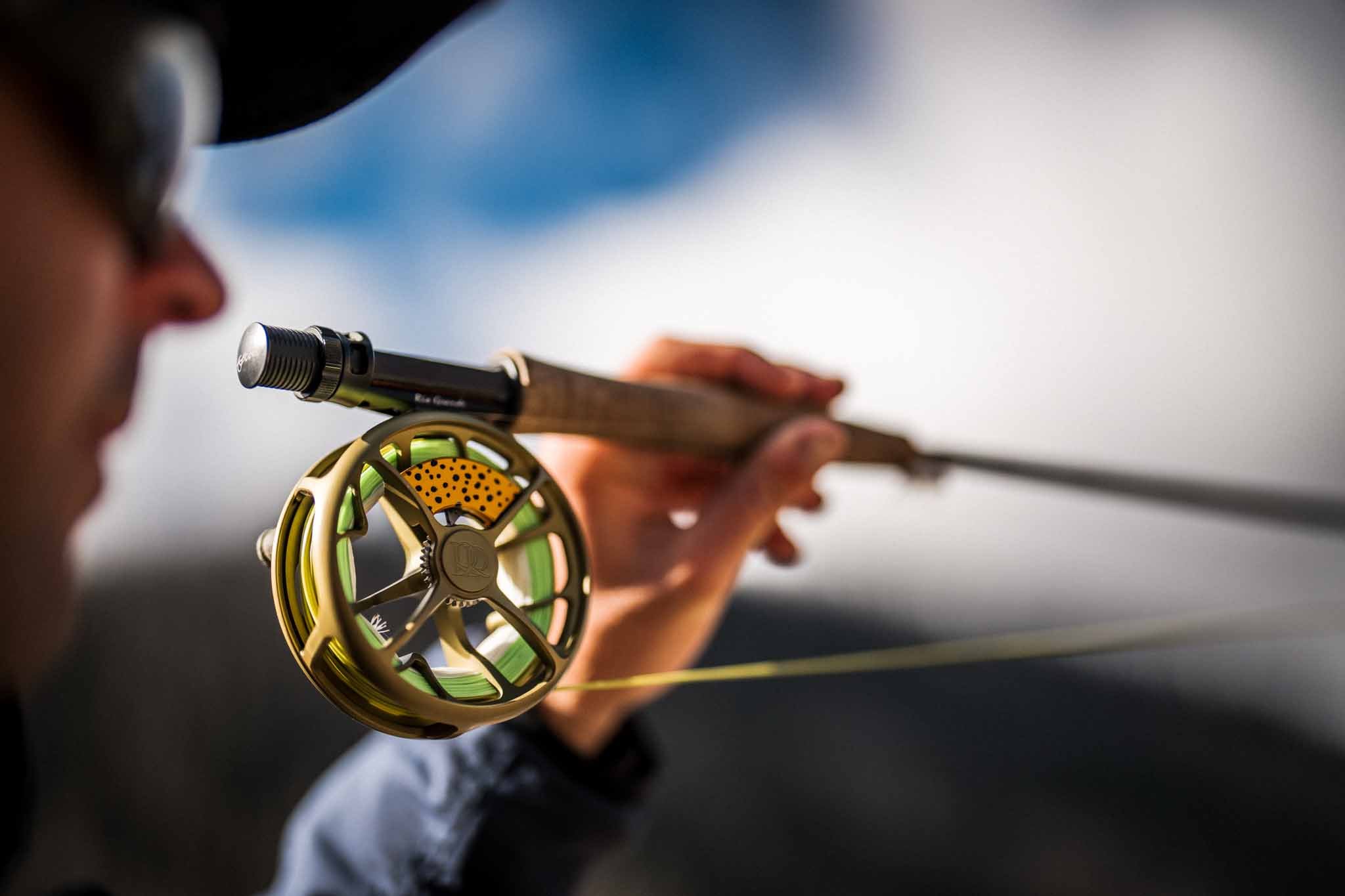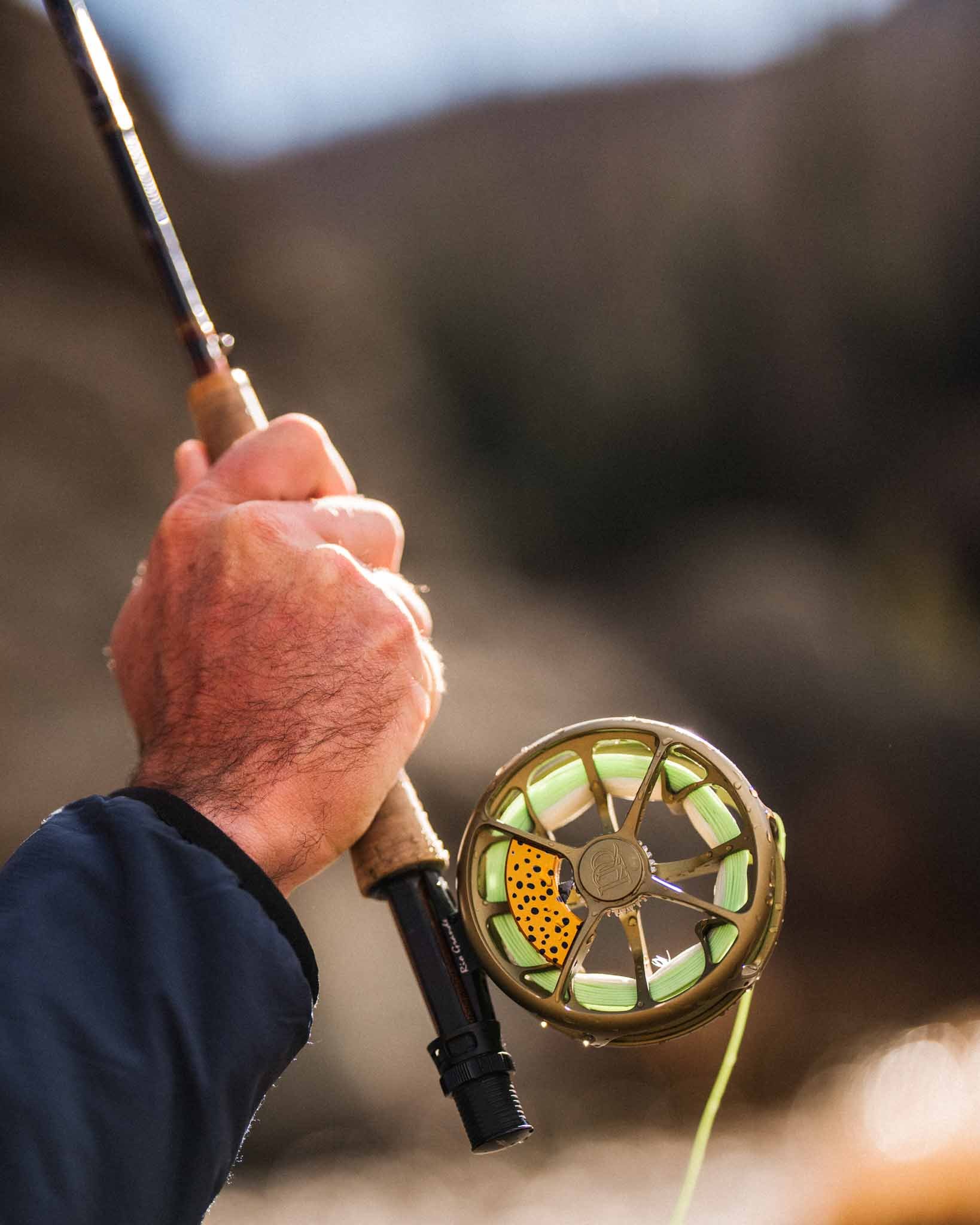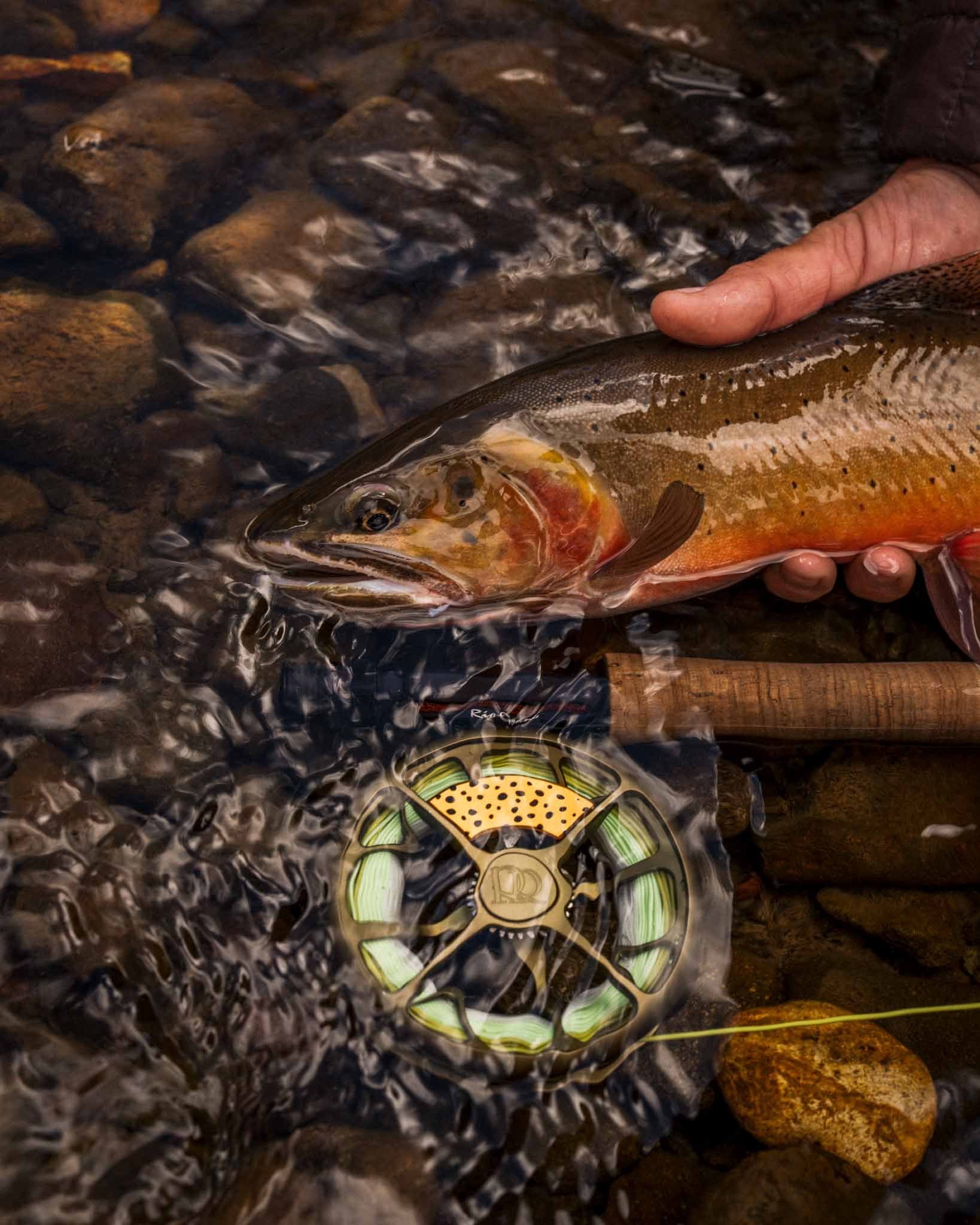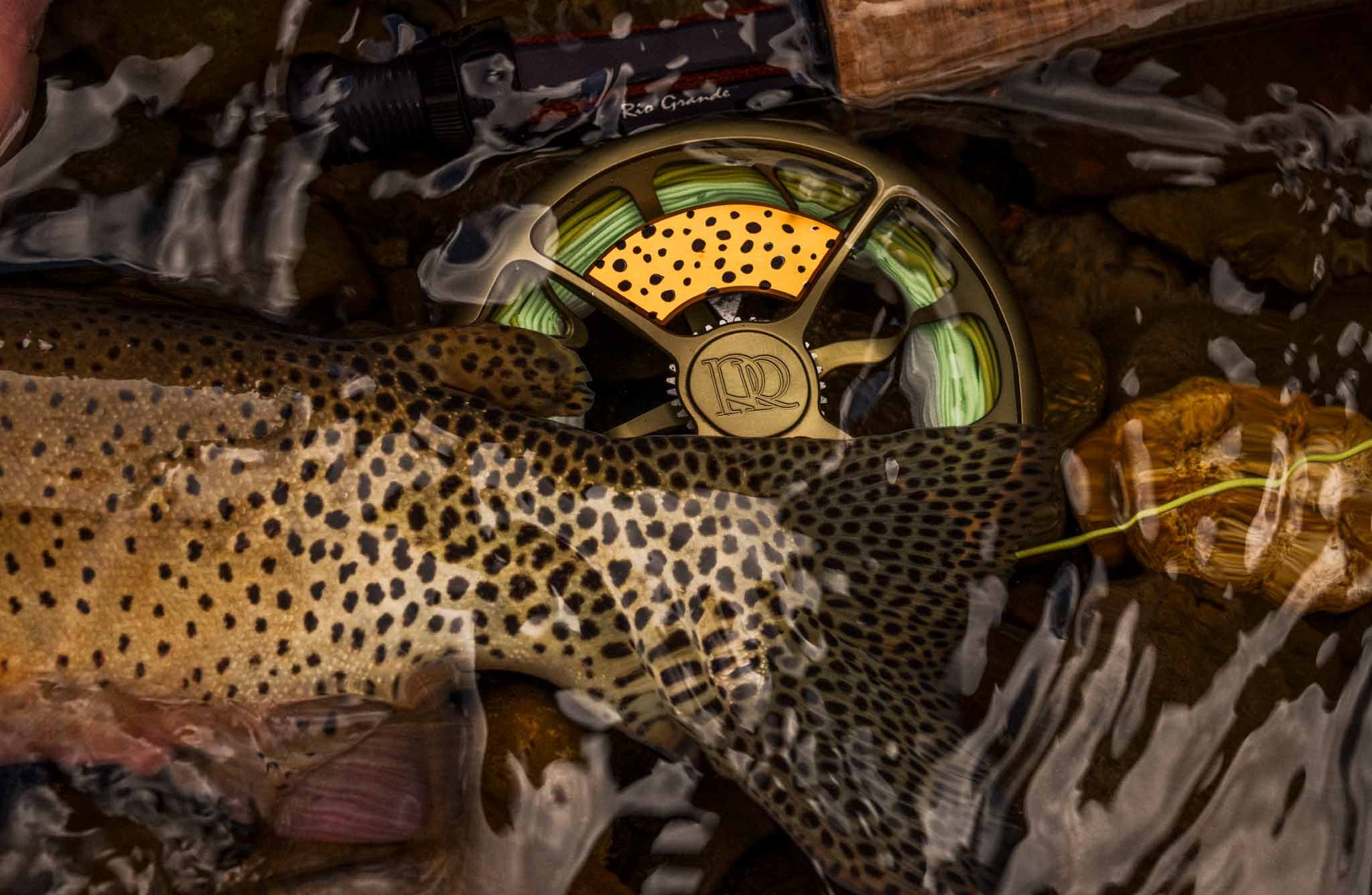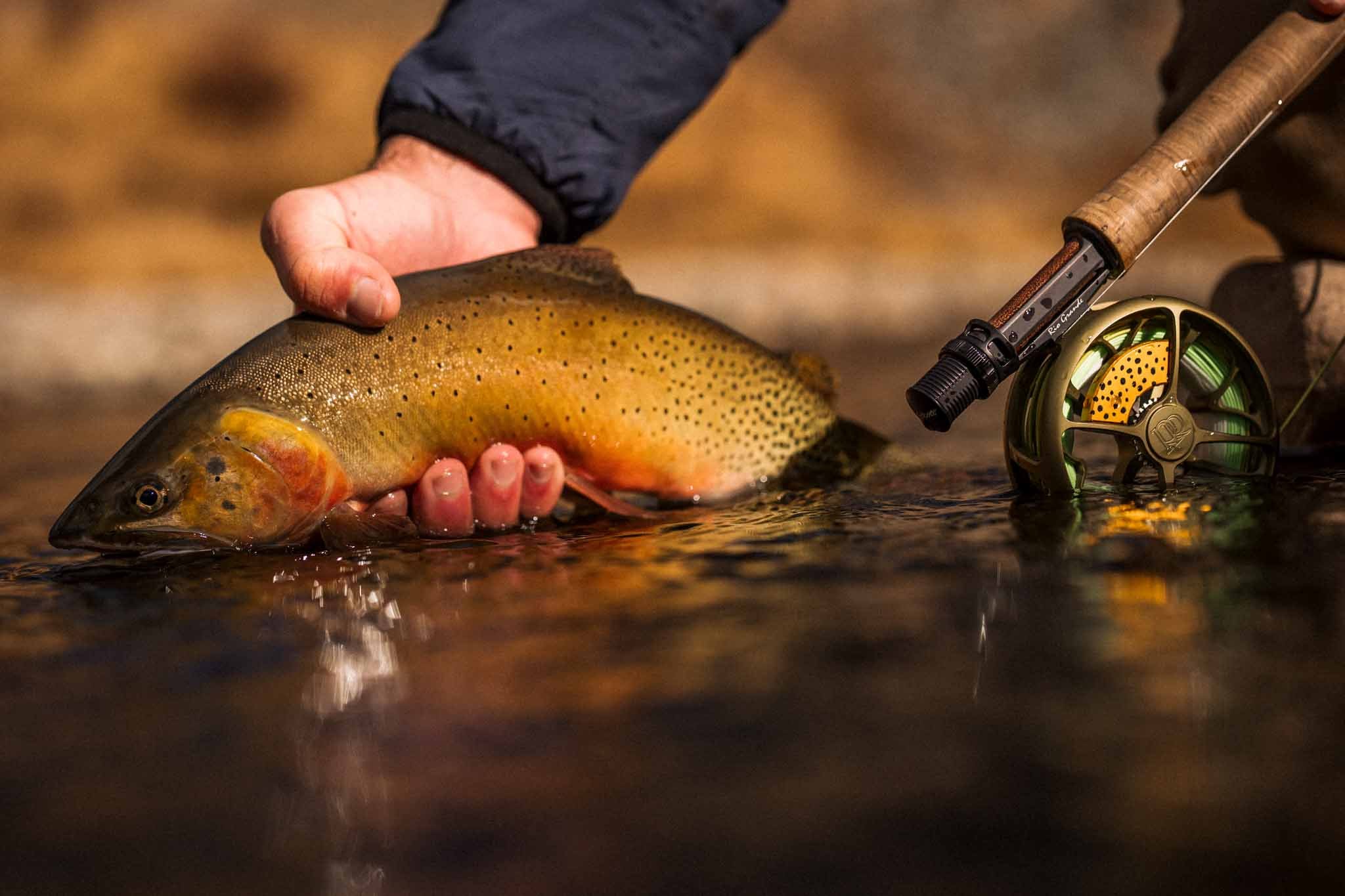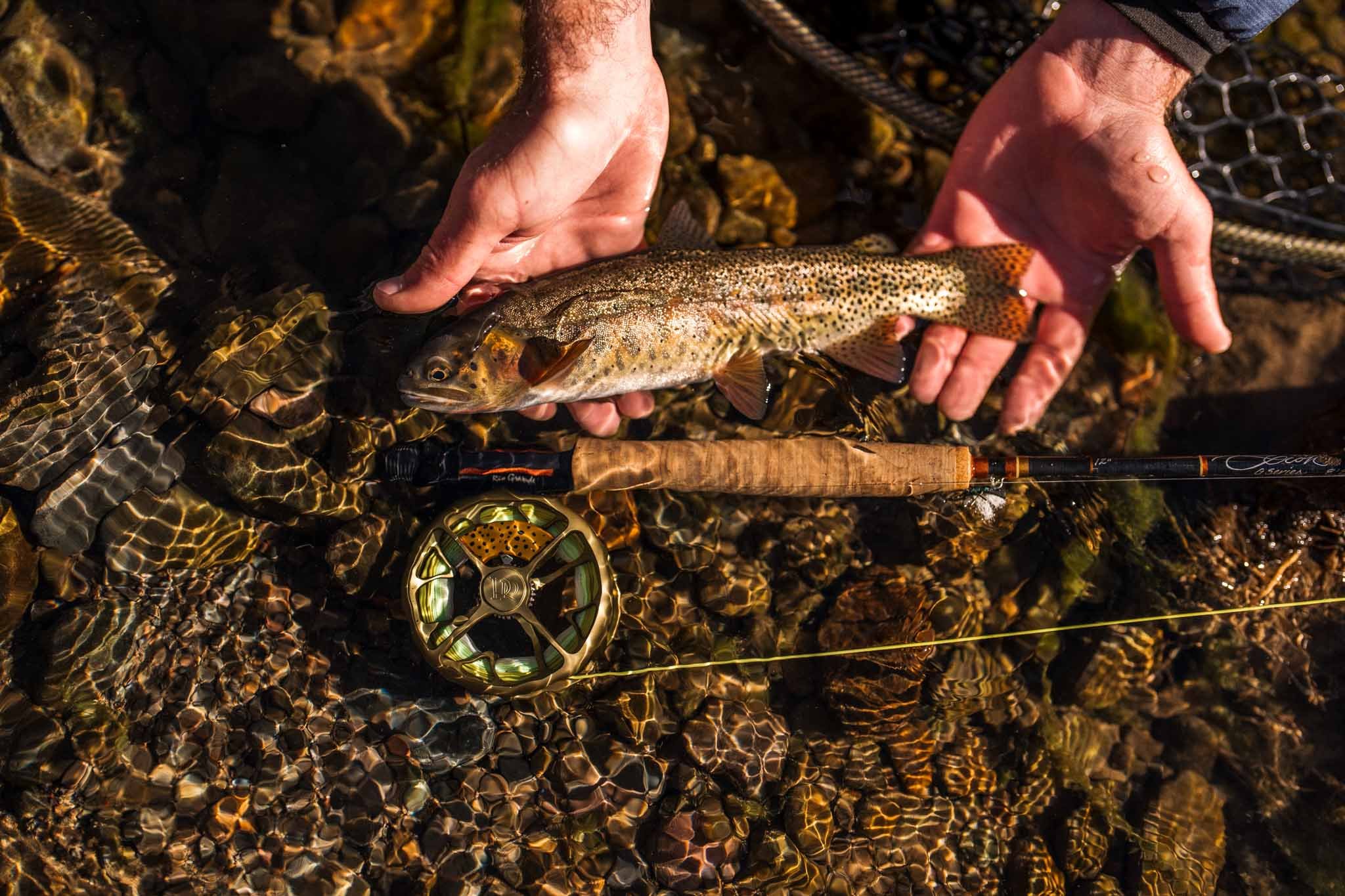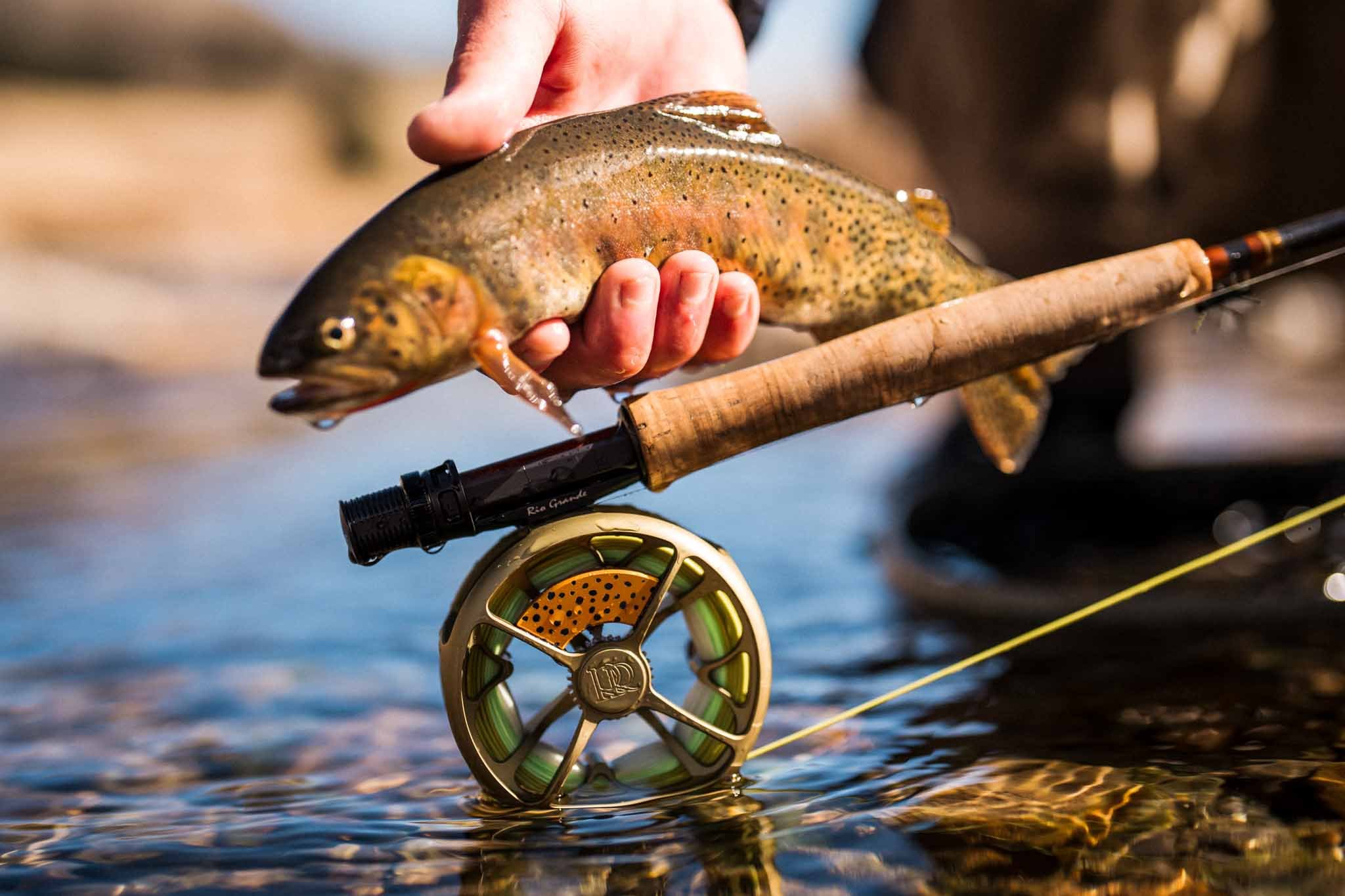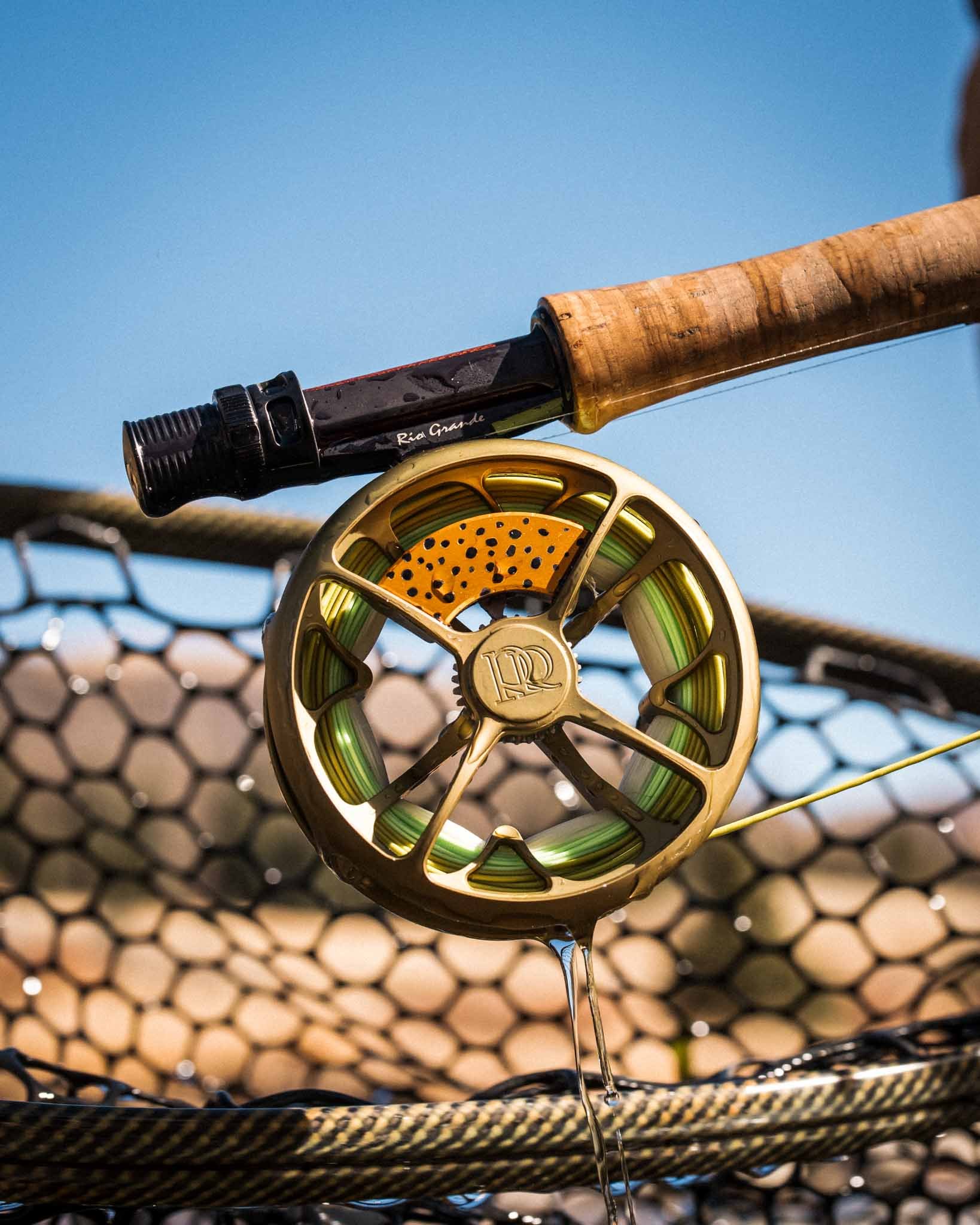The Rocky Mountain Flycasters Trout Fishing Expo is Saturday, March 23rd from 10am to 4pm. See below for a great raffle!
Enter to Win RMFTU's Biggest Raffle Prize of the Year!
Enter to win the Ross Colorado Greenback Cutthroat reel, Scott G-Series 3wt rod, and Fishpond Nomad net. A dream package for fishing small waters!
Event details:
Event Date: Saturday, March 23, 2024; 10am – _4pm
Location: South Hall of FNBO Exhibition Building at The Ranch (Larimer County Events Complex), 5280 Arena Circle, Loveland, CO
Purpose: Annual fundraising event for RMFTU’s programs to conserve, protect and restore coldwater streams and rivers, including Big Thompson, Cache la Poudre and North Platte rivers in Colorado. This event will kick-off Northern Colorado’s 2024 fly fishing season in style
Event Features:
Speakers and trout fishing movies
Fly tying demonstrations from 20-25 tyers
Women’s Forum by Uncharted Outdoors Women
Lots of fun for kids
Casting demonstrations
Silent auction – _trips, gear
Raffle/auction for high-end fly gear and/or trips
RMFTU-branded merchandise for sale
Lunch (food & beverage available for purchase on-site)
Admission:
Adults —$15/person when pre-purchased online, ($25 at the door)
Students, First Responders and Veterans —$10/person
Children (under age 10)—Free


